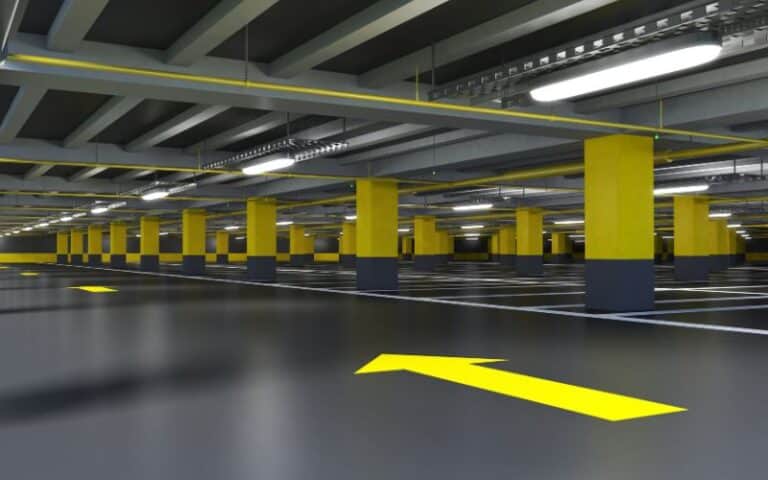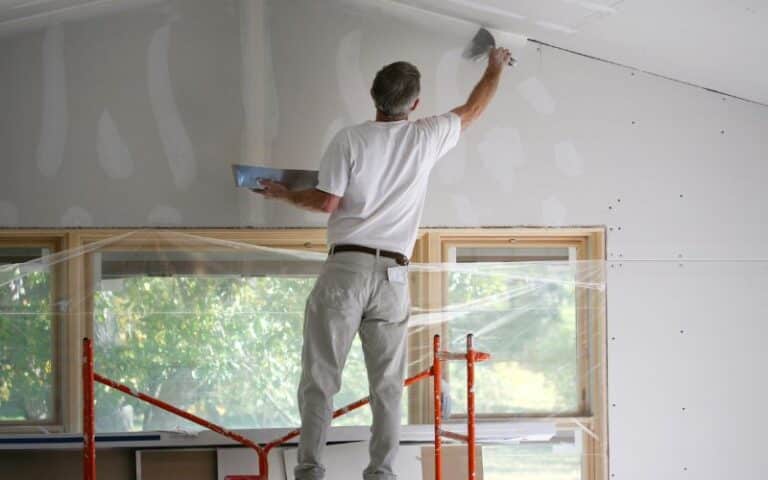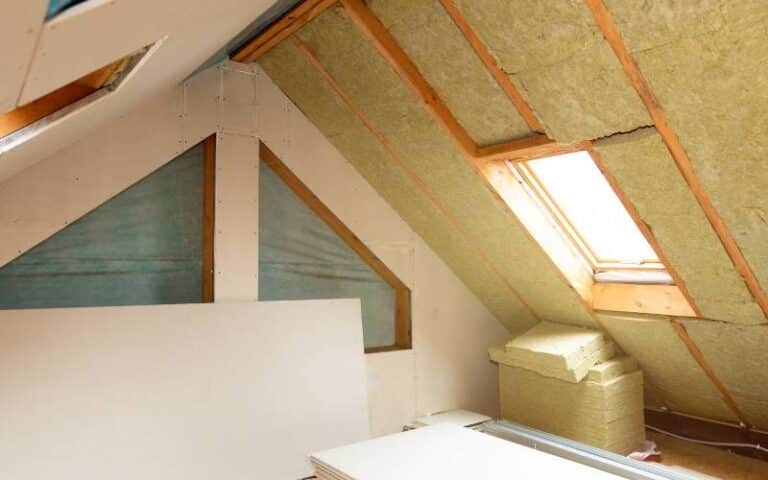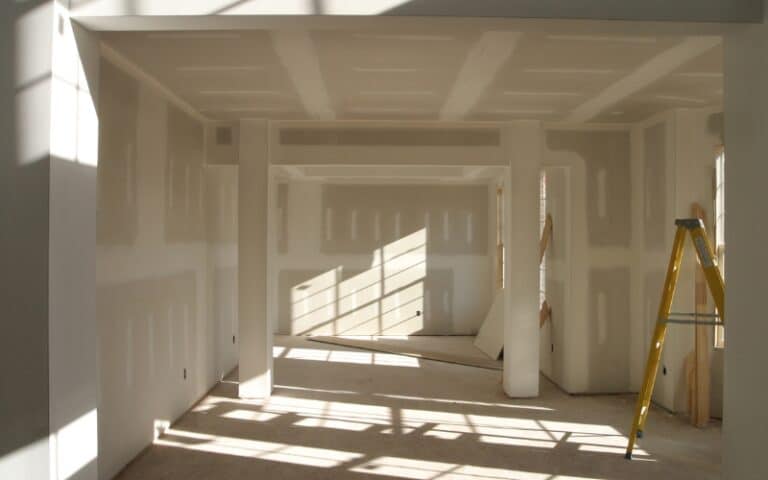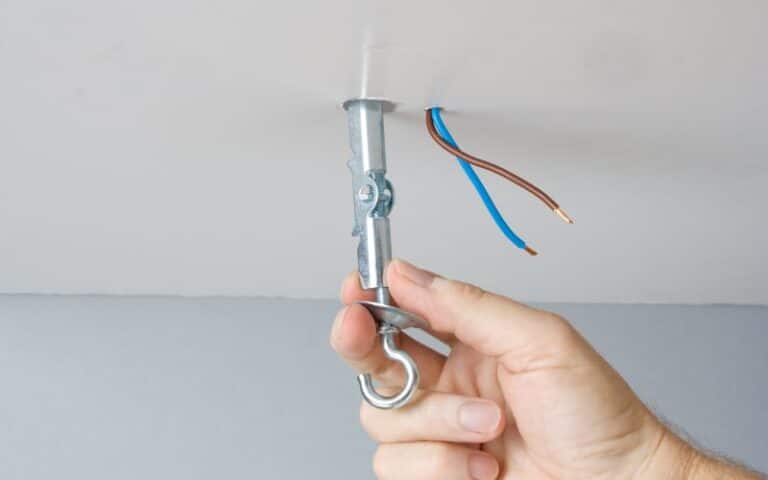A drywall is a gypsum compound between two layers of paper. The structure is useful for various construction projects.
Regular drywall and drywall ultralight are the two common drywall types. Lightweight drywall is a newer type of drywall.
Drywall Ultralight is a brand name for one of the companies manufacturing lightweight drywall. However, other companies are producing the same type of drywall.
But how does it compare to the old regular drywall?
Drywall ultralight or lightweight drywall differs from regular drywall in weight, cost, and other properties. The difference in weight allows for variation in uses. The lightweight drywall can replace the regular in many construction projects. However, it is best to be specific about your pick. Both have pros and cons to help you make informed choices.
In this article, I will explain the differences between lightweight drywall and regular drywall, If the former is as good as the latter, and the uses of ultralight drywall compound.
By the end, you’ll also know if regular drywall is worth it and if ultralight drywall is suitable for ceilings.
Ready for a Drywall Quiz?
What Are the Differences Between Drywall Ultralight and Regular Drywall?
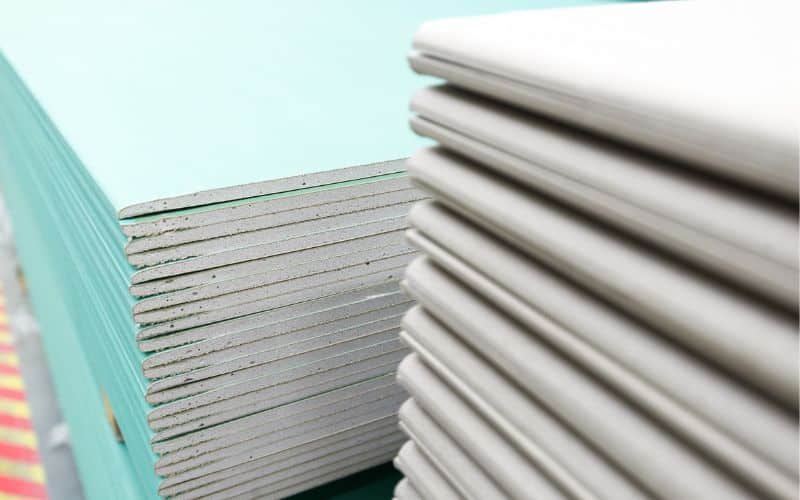
The major differences between drywall ultralight and regular drywall depend on construction preferences.
Both drywall types have unique properties that differentiate them from each other.
However, here is an outline of the qualities that differentiate them.
#1. Weight
One significant difference between lightweight and regular drywall is their weights. As their names imply, one is light-weighted, while the other has normal drywall weight.
When comparing the weight in numbers, the difference might seem small. However, the difference becomes noticeable when you’re handling the drywall.
But what causes the difference in weight? The difference in weight is a result of the manufacturing process.
The manufacturers design the drywalls to achieve a lighter and regular weight for each type. No one knows why this happens because it is a secret in the drywall industry.
In addition, there is no ¼ thickness in the lightweight category. However, every other dimension and thickness is available in both categories.
Here are the average weights for the available sizes of regular drywall:
| Sizes | ¼” Regular Weights | ½” RegularWeights | ⅝” Regular Weights |
|---|---|---|---|
| 8ft | 38.4 lbs | 51.2 lbs | 70.4 lbs |
| 10ft | 48 lbs | 64 lbs | 88 lbs |
| 12ft | 57.6 lbs | 76.8 lbs | 105.6 lbs |
| 14ft | 67.2 lbs | 89.6 lbs | 123.2 lbs |
Here are the average weights for the available sizes of lightweight drywall.
| Sizes | ½” Lightweight | ⅝” Lightweight |
|---|---|---|
| 8ft | 40 lbs | 52.8 lbs |
| 10ft | 50 lbs | 66 lbs |
| 12ft | 60 lbs | 79.2 lbs |
| 14ft | 70 lbs | 92.4 lbs |
#2. Cost
Lightweight drywall of the same size as the regular type is more expensive. Be ready to spend a little extra cash when purchasing the drywall.
For a piece, the difference in cost is insignificant. But, as the number of boards increases, the price difference becomes more obvious.
It affects the budget when handling big construction projects. Hence, you need to consider this factor in the total cost.
Fortunately, when purchasing for large projects, the total weight of lightweight drywall is much lower. This weight reflects the shipping cost.
Hence, the gain from shipping can balance the excess from purchase. So, while there is a price difference between lightweight and regular drywall, the shipping cost often balances it out.
#3. Sound Leakage
One notable difference after installation is the soundproof properties of both lightweight and regular drywalls. The regular drywall absorbs sounds more than the lightweight version.
Hence, you tend to hear more sounds from the other side of the wall if you use lightweight drywall between walls. It is one of the drawbacks of using lightweight drywall.
However, if you don’t mind the sound, you can install lightweight drywall between rooms.
Is Lightweight Drywall as Good as Regular Drywall?
Lightweight drywall is as good as regular drywall in terms of use. You can use lightweight drywall as an alternative to regular drywall.
With proper maintenance habits, lightweight drywall can serve you like the regular one. Ultralight drywall is a substitute for regular drywall.
It is suitable for construction in general areas such as living rooms and bedrooms. If you plan to temporarily hang drywall over a place, lightweight drywall might be the most suitable.
In addition, it is easy to install, and removal is also easy. However, lightweight is about 25% lighter than regular sheetrock.
This property makes it more brittle and prone to breakage at the edges. Hence, it is best to be careful during construction.
Impact trauma from objects also affects lightweight drywall more than other types. But it is as good as regular drywall if you learn to maintain it.
Nonetheless, lightweight drywall is the best for unstable parts of the building where weight attachment should be minimum.
What is an Ultralight Drywall Compound Used for?
The ultralight or lightweight compound is for finishing your drywall project. After installing the drywall, you will finish up with the compound.
This compound is suitable for finishing or fixing all types of drywall. It is easier to apply and dries quickly.
When dry, you can easily sand it to smoothness and perfection. DIY constructors often prefer lightweight compound because it is likely to sag.
Also, it is perfect for covering metal beads and fasteners. This compound only requires two-layer coats, and it does the job. This compound is especially suitable for minor fixes.
Is Regular Drywall Worth it?
Regular drywall is worth it. It is long-lasting and works perfectly as a rigid structure between surfaces. This panel of gypsum between two layers is cost-effective in construction.
They are suitable for low-budget projects. However, many find that regular drywall offers no special or significant protection.
Depending on the construction area, you should consider going for special types of drywall. These types serve specific purposes like fire and mold resistance.
Other than the lightweight drywall and the regular version, there are two other types of drywall to consider.
They are as follows:
#1. Fire-Resistant Drywall
Areas where there are higher fire codes, like garages, kitchens, and other parts of the home, require walls that are fire resistant.
This drywall contains fiberglass chopped into the core of the gypsum compound. It makes it more resistant to fire than regular and lightweight compounds.
Note that regular drywall is better at resisting fire than lightweight. However, installing true fire-resistant drywall in areas with higher fire codes is best.
#2. Mold & Moisture Resistant Drywall
The drywall in bathrooms, laundry rooms, and some parts of the kitchen are mold and moisture-resistant. The difference is in the outer layer.
You have a green board or purple board paper for this type of drywall. This paper is a product of fiberglass mats instead of regular paper.
Regular drywall is prone to moisture exposure due to the organic paper covering. The organic nature of this paper covering makes it prone to mold growth when exposed.
Is Ultralight Drywall Good for Ceilings?
Ultralight drywall or lightweight drywall is good for ceilings. Many of the properties of this drywall make it suitable for ceilings.
However, lightweight drywall is not mold resistant as much as regular drywall. Hence, it is unsuitable for bathroom ceilings and other rooms where you find moisture in your home.
But if there is no risk of exposure to moisture, then mold is not a thing of concern.
Whether you’re employing a professional for construction or you plan to do it yourself, there are some points to consider.
Here are reasons why lightweight drywall is good for ceilings:
#1. Easier Installation
Lightweight drywall is easy to install due to its weight. The installation process is the first thing to consider, especially if you plan to go the DIY route.
Ceiling installation requires carrying the drywall up and high, which requires much effort. However, the lightweight version makes it easier to carry, hold high up, and install.
The installation process is the same. You don’t need a new technique or training. The lightweight also allows you to properly install the drywall without risk of injury.
There is a lesser risk of injury when handling a lightweight material.
#2. No Sag When Hung
Another advantage of lightweight drywall for ceiling projects is that it remains intact and maintains form and shape for a long time.
Regular drywall experiences sag over time. This condition is due to the effect of gravity. Over time, the weight of the regular drywall tilts down.
This sag happens faster in large rooms with regular drywall in bigger sizes. However, lightweight drywall is less likely to experience such gravity pull.
So, it remains intact, meaning there is no need for adjustment or repair in years to come.
#3. Less Stress on Ceiling Timbers
The ceiling timbers also experience little stress due to the pull from the drywall. Lightweight drywall weight is not enough to cause a pull on the ceiling timbers.
Everything that connects to the ceiling timbers stresses it by a downward pull. But the stress from lightweight drywall is lesser and doesn’t affect the building’s integrity.

